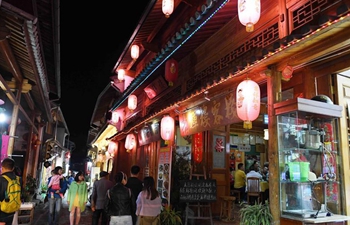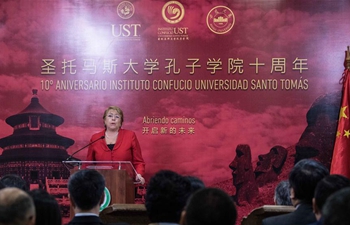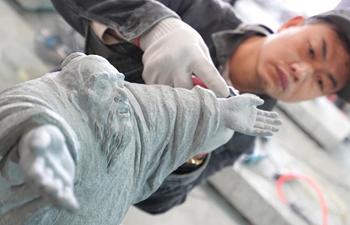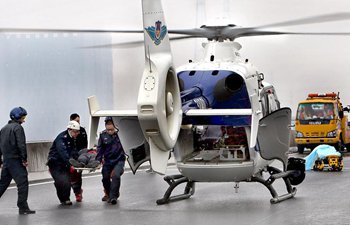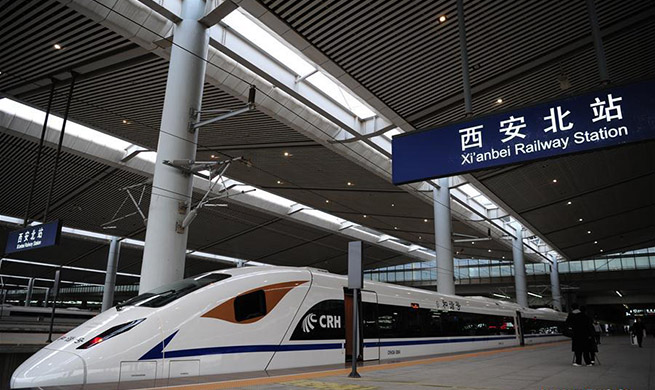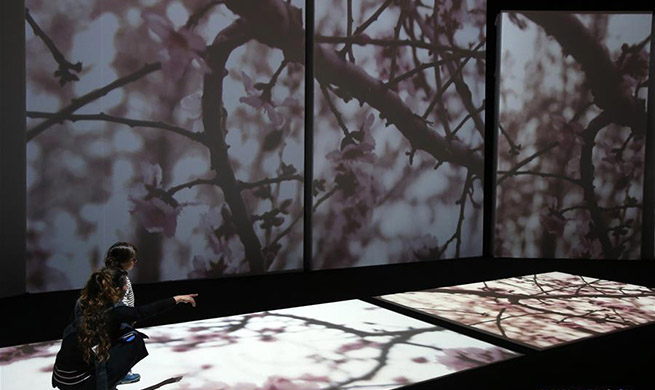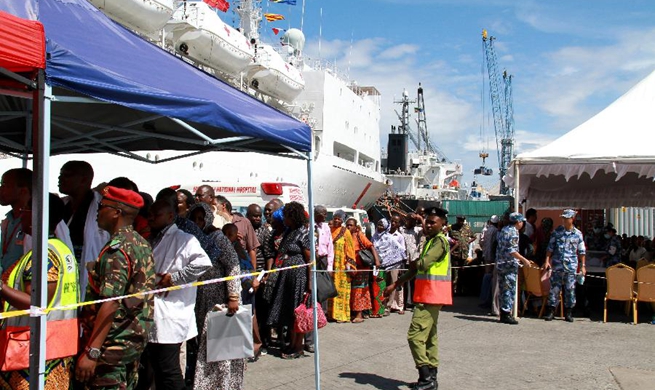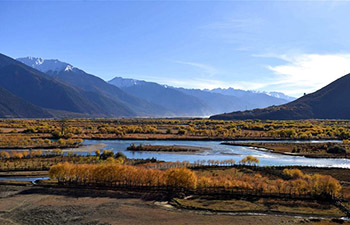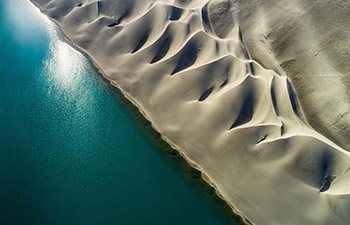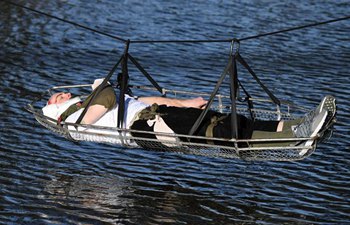LHASA, Nov. 22 (Xinhua) -- For centuries, it has been custom in Tibetan culture to leave their dead exposed on mountaintops so that they can be eaten by scavenging birds.
The ritual is known as a sky burial and is seen as an environmentally friendly way of parting with the deceased. Efforts are now underway in Tibet Autonomous Region to make this ancient practice even greener.
Sky burial is practiced in about 80 percent of the Tibetan funerals. While the bodies are devoured by vultures, clothes of the deceased are burned in the open air or buried.
The government has now begun to install modern furnaces at sky burial sites to burn clothes, bed sheets or other worldly possessions of the deceased to leave a smaller environmental footprint, local officials said.
Three furnaces have been installed in Tibet, including one in the popular Sera Monastery in Lhasa, the regional capital.
Wang Dajun, an official with the regional government's civil affairs bureau, said if the equipment is accepted by locals, the government will push for its use in all 156 major sky burial sites in the region.
To preserve the ritual, the government has earmarked 380 million yuan (57.6 million U.S. dollars) to renovate Tibet's sky burial sites over the five years to 2020, Wang said. Mortuaries will be built, railings added, roads paved.
The furnaces are specially designed for Tibet as the air is thin on the plateau and sky burials sites are usually situated at such high altitutudes that there is no access to water and power, said Sun Zhiyong, a member of the technical committee of national cremation standards.
The furnace is equipped with generator. It is easy to install and use, he said.
Sky burial is deeply embedded in Tibetan Buddhism, which believes life is cyclical. The spirit of the dead is believed to have left the body the moment a person dies so the body is an empty vessel which should be fed to hungry vultures as a last act of charity.





